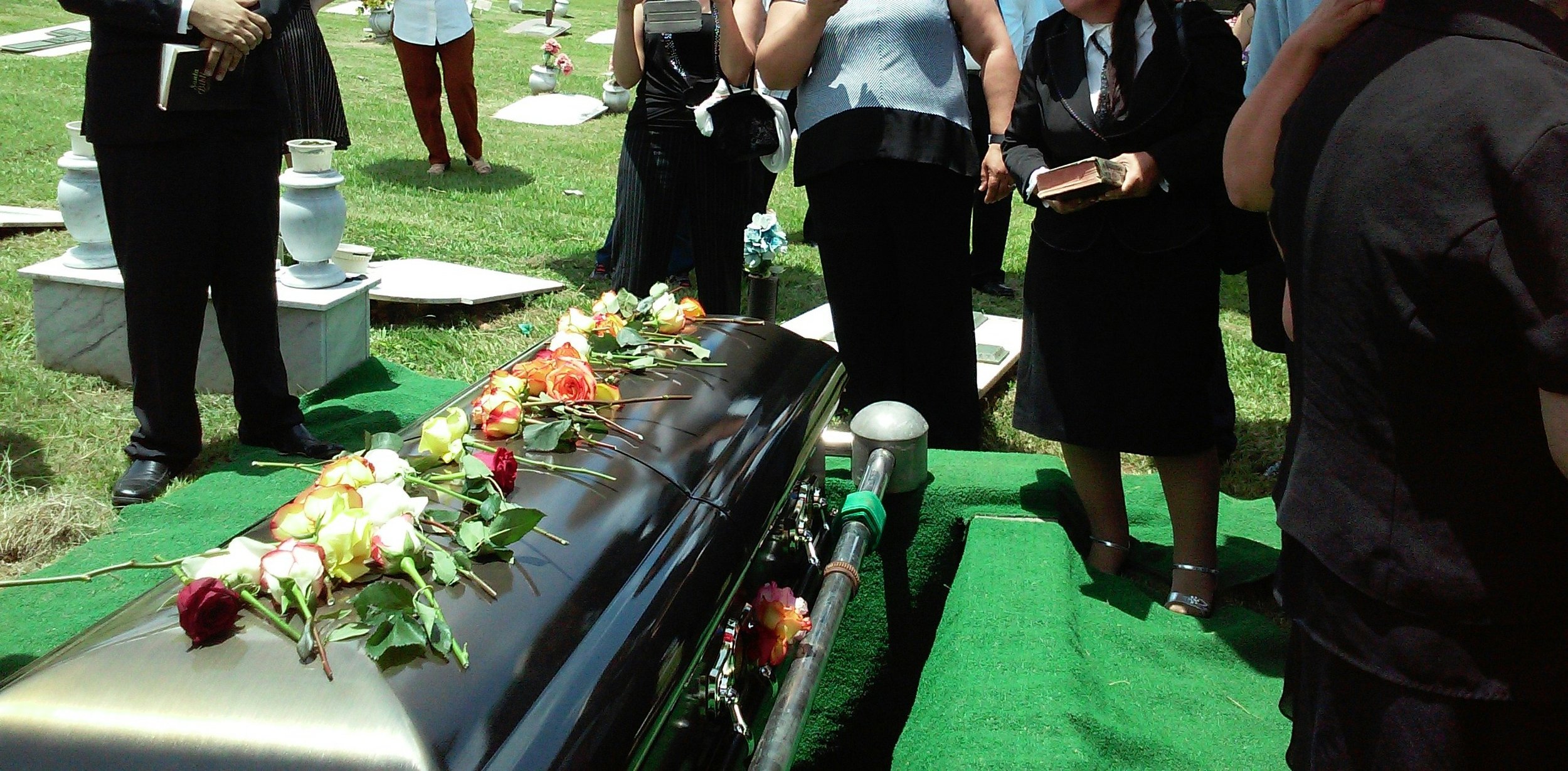
Know your options!
Choosing your disposition method
Disposition is the term for what happens to your body after you die.
There are a few options to choose from when considering how you’d like your body laid to rest. The two most common disposition methods are:
But there are other, more environmentally friendly options too:
Conventional burial
The body is usually embalmed, placed in a casket, then interred.
Interment means burial of the full body or the cremated remains in a grave. There are two types of interment:
In-ground interment (usually within a concrete burial vault or grave liner)
Above-ground interment (within a mausoleum, columbarium, or crypt)
You can also choose direct burial, which means skipping a formal viewing or funeral ceremony before disposition.
How to choose this option in Utah
You can work with any funeral home to arrange this option.
Flame cremation
The body is placed in a cremator where intense heat and flames reduce it to bone fragments, called cremated remains or cremains.
The cremation process usually occurs between 1,400 and 1,600 degrees F
Bone fragments are then processed to 1/8” in size and given back to loved ones as “ashes” or cremated remains/cremains.
You do not have to be embalmed to be cremated, unless you want a public viewing beforehand, and the funeral home requires it.
You do not have to be cremated in a casket. You can choose an alternative container, like an unfinished wood box, fiberboard, cardboard, or other non-metal receptacles.
You can also choose direct cremation, which means skipping a formal viewing or funeral ceremony before disposition.
Photo by The Good Funeral Guide
How to choose this option in Utah
You can work with any funeral home to arrange this option.
Green burial
The body is not embalmed, and non-toxic and biodegradable materials are used for caskets and shrouds.
Generally, the body is buried 3.5–4 feet deep for optimal decomposition conditions.
As a larger ethos, green burial seeks to care for the dead in ways that aid the conservation of natural resources:
Reduce carbon emissions
Protect worker health
Restore and/or preserve habitat
Green burial cemeteries often have the following characteristics:
No vaults
No heavy equipment used to dig graves
No herbicides, pesticides, fertilizers
Sustainable management practices
There are three cemetery types of green burial cemeteries:
Hybrid cemetery: A conventional cemetery with vaults but also a designated section for green burial, where vaults are not required and any kind of biodegradable burial container is allowed.
Natural cemetery: A cemetery dedicated in full to sustainable practices that conserve energy, minimize waste, and do not allow the use of toxic chemicals, vaults, markers made of non-native stone, and burial containers not made from plant-derived materials.
Conservation cemetery: A type of natural cemetery that is established in partnership with a conservation organization and includes a conservation management plan that upholds best practices, and provides perpetual protection of the land according to a conservation easement or deed restriction.
How to choose this option in Utah
You can choose funeral homes and cemeteries certified by the Green Burial Council to uphold sustainable practices:
Starks Funeral Parlor is the only GBC-certified funeral home in Utah.
Memorial Mortuaries & Cemeteries is the only GBC-certified cemetery in Utah.
There are no GBC-certified natural or conservation burial grounds in Utah.
More information
Water cremation
Also called alkaline hydrolysis, aquamation, or flameless cremation, this process is a more environmentally friendly alternative to flame cremation.
It uses alkaline chemicals, heat, and sometimes agitation or pressure that reduces human remains to a liquid and to dry bone residue. At the end of the process, two types of remains can be returned to loved ones:
Ashes, similar to the skeletal remains you’d get with flame cremation, but 20% more of them
A sterile liquid that contains salts, sugars, amino acids, and peptides
Loved ones can donate this nutrient-dense liquid to conservation land, or they can take some or all of it home to water the garden. (They also don’t have to take any.)
How to choose this option in Utah
Tate Mortuary in Tooele is the only mortuary in Utah offering water cremation.
More information
Natural organic reduction
Also called human composting, terramation, or soil transformation, this option transforms a body into soil.
It mimics the earth’s natural cycles and is similar to what occurs on the forest floor as organic material decomposes and becomes topsoil.
The process happens inside of a vessel and is carefully monitored by certified professionals. It typically takes between 8 to 12 weeks, and loved ones can take some or all of the cubic yard of rich soil produced—for gardening, hiking, donating to conservation land, etc.
How to choose this option in Utah
Natural organic reduction is not yet legal in Utah. However, you can still choose it by working with an out-of-state provider and bringing the soil back home.
Starks Funeral Parlor has partnered with Recompose in Seattle to make this process possible and offset travel costs. Learn more
Want to help legalize it?
Senator Jen Plumb has introduced two bills to bring NOR to Utah, one in 2024 and another in 2025, but the Utah legislature rejected them both. The Utah Funeral Directors Association is working hard to preserve the status quo.
I am collecting emails of anyone interested in organizing to bring NOR to Utah. Email me if you’d like me to keep you updated.
More information
Body
donation
You can offer your body as an “anatomic gift” to a program that trains present and future healthcare professionals and scientists.
How to choose this option in Utah
You can donate your body to The Body Donor Program, administered by the University of Utah Department of Neurobiology.
The School of Medicine will pick up bodies within a 100-miles radius of Salt Lake City at no expense to the family. Outside that area, however, the family or estate is responsible for additional transportation expense. It’s also important to note they do not accept all bodies.



